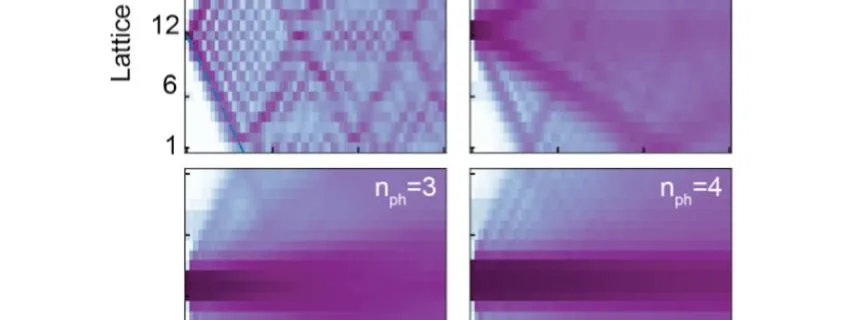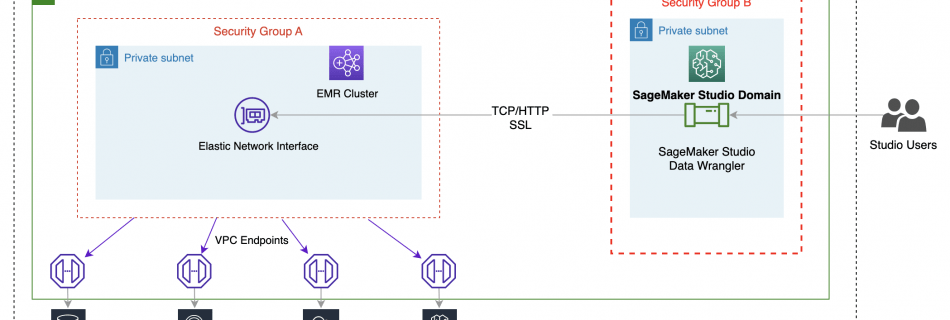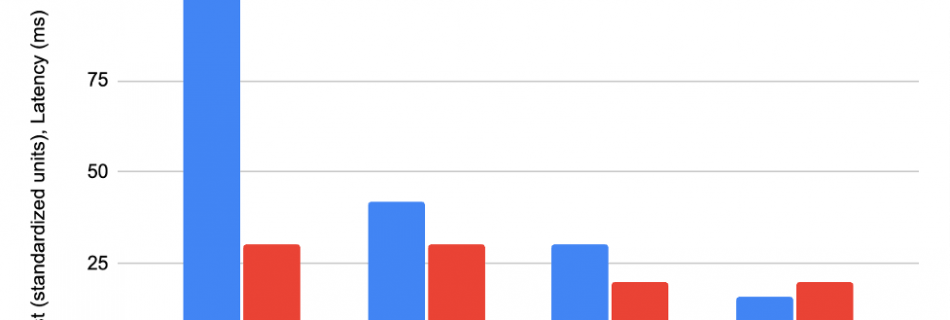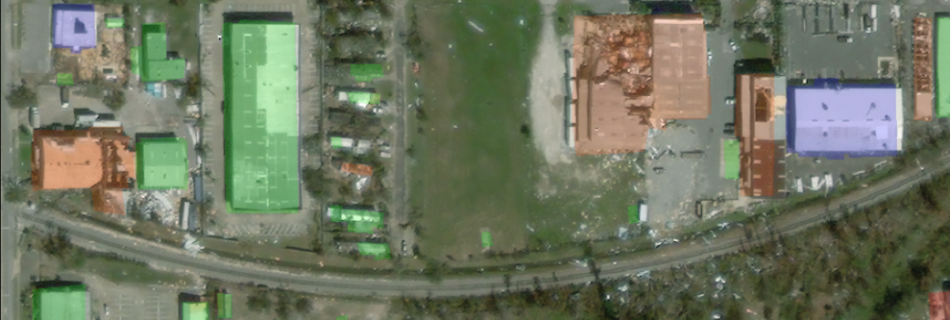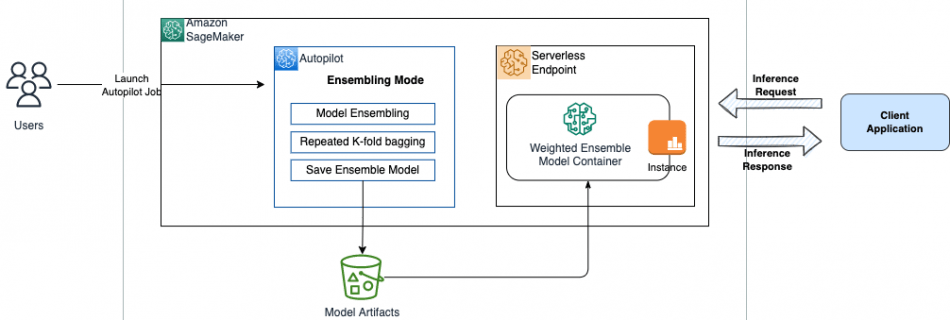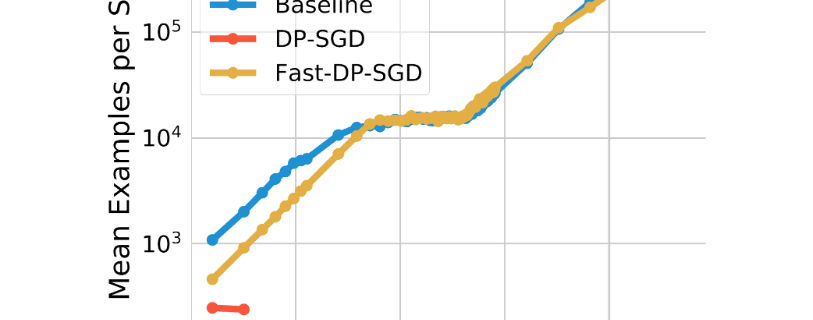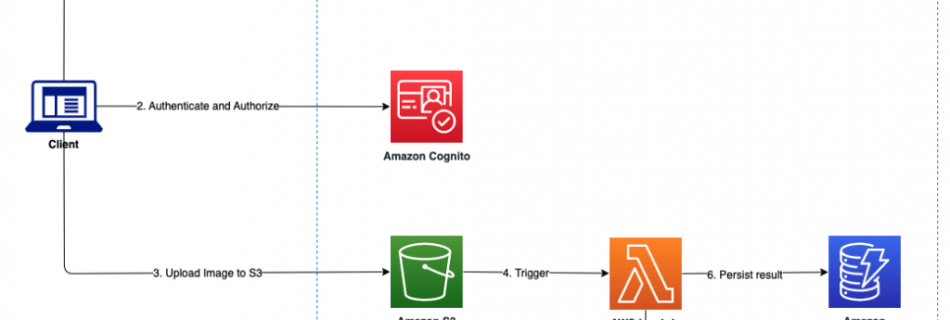Production Infrastructure at Palantir: User-minded API design
Intro It’s trendy right now for organizations to describe themselves as “outcome-oriented,” where members of the organization are accountable for the results of their work. The Production Infrastructure group at Palantir commits itself to being oriented around our users’ outcomes — but how does this translate into building good software? Our users’ outcomes are often dictated by …
Read more “Production Infrastructure at Palantir: User-minded API design”

